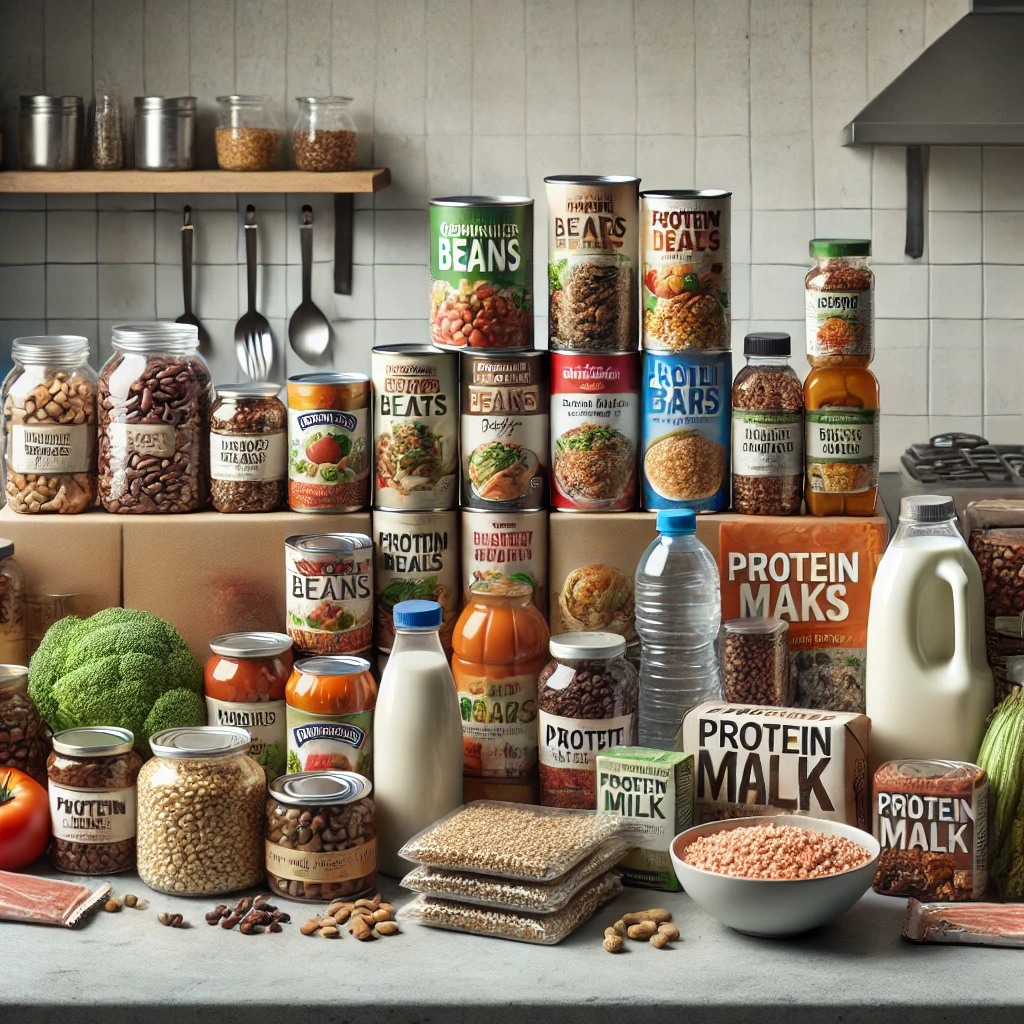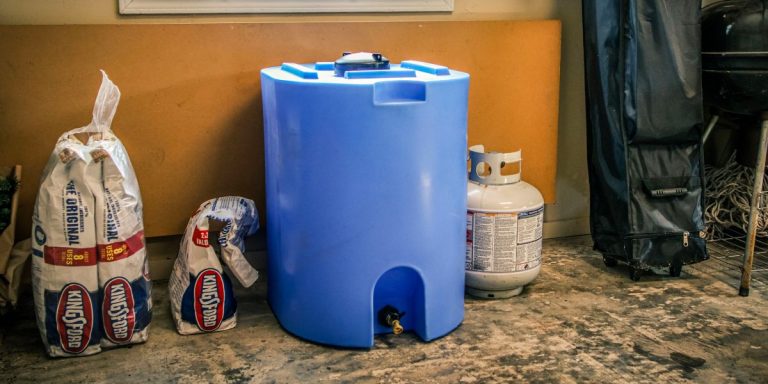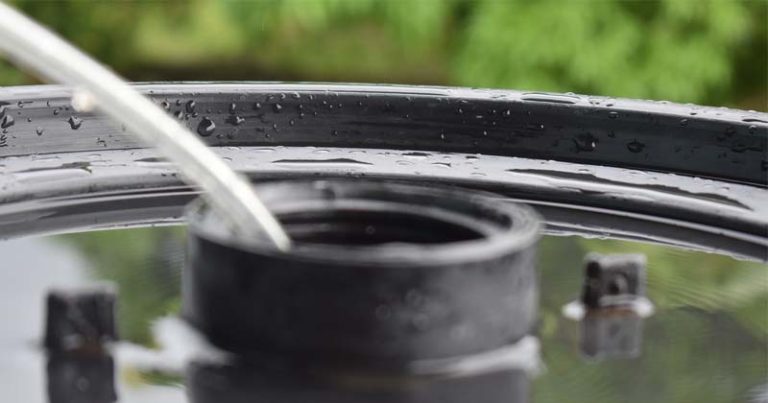30-Day Emergency Food Supply List: A Modern Survival Guide

In today’s world, preparing for emergencies is more relevant than ever. Natural disasters, economic downturns, and global disruptions can strike unexpectedly. A 30-day emergency food supply ensures that you and your family can stay nourished and healthy in case of supply chain failures, power outages, or other crises.
This guide provides a modern, well-balanced approach to emergency food storage—focusing on nutrition, shelf life, and practicality while integrating convenience foods, meal planning, and dietary needs.
Key Considerations for a 30-Day Food Supply
Before stocking up, consider these modern factors:
✅ Nutritional Balance: Focus on proteins, healthy fats, fiber, and essential vitamins.
✅ Dietary Needs: Consider allergies, gluten-free options, or vegetarian alternatives.
✅ Storage & Shelf Life: Opt for foods that last at least 6 months to several years.
✅ Easy Preparation: Choose meals that require minimal cooking or water.
✅ Portability: Select lightweight options if evacuation becomes necessary.
30-Day Emergency Food Supply List
1. Staple Carbohydrates (Energy Sources)
These foods provide essential calories and keep energy levels stable:
- Rice (white or brown) – 10-15 lbs (bulk storage recommended)
- Pasta (regular or whole wheat) – 8-10 lbs
- Instant oatmeal or rolled oats – 5-7 lbs
- Quinoa, couscous, or barley – 5 lbs
- Dry beans or lentils – 10 lbs (high in protein and fiber)
- Freeze-dried potatoes (flakes or cubes) – 5 lbs
2. Protein & Meat Alternatives
Protein is crucial for muscle maintenance and overall health:
- Canned meats (chicken, tuna, salmon, spam) – 15-20 cans
- Dried or freeze-dried meats (jerky, powdered eggs) – 3-5 lbs
- Peanut butter or almond butter – 3-5 jars
- Protein bars or meal replacement shakes – 30+ servings
- Canned beans (black, kidney, garbanzo) – 20-25 cans
- Shelf-stable tofu or tempeh – 4-5 packs
3. Dairy & Dairy Alternatives
Calcium and healthy fats are vital for long-term survival:
- Powdered milk or shelf-stable milk – 10+ quarts
- Canned evaporated milk – 5-10 cans
- Shelf-stable cheese or freeze-dried cheese – 2-4 lbs
- Yogurt powder – 1-2 lbs
4. Fruits & Vegetables (Long Shelf-Life Options)
Fresh produce doesn’t last, so opt for preserved alternatives:
- Canned vegetables (corn, green beans, peas) – 20+ cans
- Canned fruits (pineapple, peaches, pears) – 15+ cans
- Freeze-dried or dehydrated fruits – 5-10 lbs
- Freeze-dried or dehydrated vegetables – 5-10 lbs
- Applesauce or fruit pouches – 15-20 packs
5. Fats & Oils (Essential for Cooking & Energy)
Fat is critical for long-term satiety and overall health:
- Olive oil or vegetable oil – 2-3 liters
- Coconut oil – 1-2 jars (long shelf life)
- Shelf-stable butter or ghee – 2-3 jars
- Nuts and seeds (almonds, sunflower, chia) – 5-7 lbs
6. Snacks & Comfort Foods
Keeping morale high during an emergency is just as important as nutrition:
- Granola bars or trail mix – 20+ packs
- Dark chocolate or energy bars – 10+ bars
- Crackers or rice cakes – 5-10 packs
- Instant popcorn or dried snack mixes – 3-5 bags
7. Baking & Cooking Essentials
These basics help create meals from scratch:
- Flour (white, wheat, or gluten-free) – 10-15 lbs
- Sugar (white, brown, or honey) – 5-10 lbs
- Salt, pepper, and spices – 1-2 lbs
- Baking powder and yeast – 1-2 packs
8. Hydration & Beverages
Water storage and additional drinks are crucial:
- Bottled water – 1 gallon per person per day (30 gallons per person)
- Electrolyte powder or sports drinks – 5-10 packs
- Coffee or tea (instant or bagged) – 1-2 lbs
Additional Survival Essentials
Alongside food, ensure you have these emergency supplies:
🔹 Manual can opener – If the power goes out, you’ll need this for canned goods.
🔹 Portable stove or fuel source – Propane or butane stoves are great for cooking.
🔹 Multi-tool or knife – Helps with food prep and general survival needs.
🔹 Water purification system – LifeStraw or a gravity filter for clean water access.
🔹 Storage bins & vacuum-sealed bags – Keep food fresh and organized.
🔹 Multivitamins – Helps fill in any nutritional gaps during long-term use.
Modern Food Supply Tips & Best Practices
✔ Rotate & Use Your Supply Regularly – Consume older food first and replenish.
✔ Invest in Freeze-Dried Meals – Brands like Mountain House or ReadyWise offer 25+ year shelf life.
✔ Store in a Cool, Dark Place – Keep food fresh and prevent spoilage.
✔ Label & Date Everything – Track expiration dates for easy rotation.
✔ Diversify Your Options – Mix ready-to-eat foods with ones requiring cooking.
Final Thoughts
A 30-day emergency food supply is no longer just for survivalists—it’s a modern necessity for families, travelers, and urban dwellers. By stocking up smartly and focusing on nutrition, variety, and ease of use, you’ll be well-prepared for any situation.
Now is the best time to start building your supply. What’s the first item you’ll add to your emergency stash? 🚀






